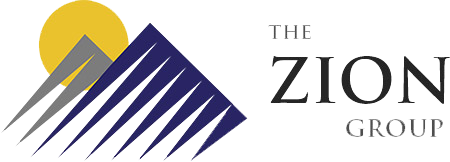What do Small Business loans mean for Your 2020 taxes?

3 Types of Financial Relief
There are three main ways that small businesses received economic relief from the government that helped them get through a global pandemic without going under.
EIDL Grants– Economic Injury Disaster Loans provides initial debt relief assistance to small businesses, agricultural cooperatives, and non-profits. When COVID hit, many small businesses requested assistance in the form of a $10,000 grant.
PPP Loans– Paycheck Protection Program loans money to small businesses to help them continue to pay employees when they do not have the funding. This loan is restricted to businesses that have no more than 300 employees. They must also prove that they made at least 25% less gross income than in the past two comparable quarters. If a business was eligible in the first rounds, they were automatically eligible for the second round.
SBA 7(a) Loans– This loan is the most popular SBA loan. It is government-backed and provides a large sum of cash with a low-interest rate. This type of loan falls under the CARES Act, so during the pandemic, SBA was authorized to make six months of payments for loans that are guaranteed under section 7(a) of the Small Business Act. This debt relief was automatically provided and businesses did not need to apply for it.
Loan forgiveness
Due to COVID-19 causing an economic downturn, most of this additional funding was automatically forgiven or could be forgiven based on approval.
EIDL Grants– The pandemic-related grant does not have to be repaid as long as it was used for sick-leave, payroll expenses, rent/mortgage, materials with increased costs, or debt that couldn’t be repaid without it. No forgiveness application is needed.
PPP Loans– Those who receive a PPP loan should have also received a PPP Forgiveness Application. Forgiveness is based on employers paying their employees through the pandemic during a period after the loan was disbursed. As long as payroll costs account for 60% of the usage and the remaining 40% goes towards business expenses such as rent, mortgage interest, and utility costs, you will meet loan forgiveness requirements.
SBA Loans– SBA requires you to prove that you are experiencing financial hardship to get an offer in comparison (OIC) approved. If you prove your lack of ability to fully repay the loan, you may still need to pay a portion. If the OIC is accepted, your business is still reliable for the debt, and a guarantee is released instead of cash; essentially you ask for the loan again trying to prove that you cannot pay the debt back in full. This process is paperwork-intensive and your lender has to approve the initial setup before anything is sent to the SBA.
Do you owe taxes?
Many of these loans were forgiven. While this seems good, it could have a big effect on your taxes. To soften the blow, congress added special provisions surrounding COVID-related debt.
EIDL– These funds are tax-free and do not jeopardize any tax deductions. They do not need to be counted as taxable income.
PPP Loans– PPP funding is not included in gross income for federal tax purposes. Congress also specified that these loans (the expenses associated with them) are fully deductible. This tax relief does not have any restrictions. This tax relief applies to both the first and second rounds of PPP funding.
SBA Loans– Typically, you would not be taxed for the principal amount of the loan, but your interest payments are tax-deductible and you can write them off as business expenses. The payments included principal, interest, and any other fees associated with the loan. However, to provide relief during the pandemic, Congress also provided full tax relief for this type of loan and the receiver of the loan is not to be penalized in any way. “The payments are tax-free, no deduction shall be denied, no tax attribute shall be reduced, and no basis increase shall be denied.”
Note: We are not tax professionals so please consult with a professional tax preparer or Certified Public Accountant (CPA), to ensure that you’re in compliance and reporting everything correctly. For assistance filing your PPP Forgiveness Application, email us. We’d be happy to guide you through the process.

Recent Comments